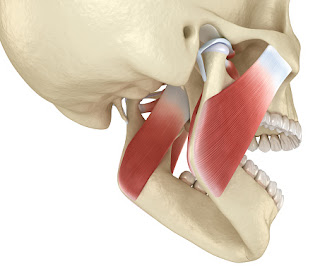The Life Of Sciatica
Sciatica is a condition that occurs when a person’s sciatic nerve becomes irritated, leading to pain along the back of one leg. This article reviews the symptoms of sciatica, how to treat and manage it, how long it lasts, and when to see a doctor.
Sciatica can be acute or chronic. An acute sciatica episode may last between one and two weeks and usually resolves itself in a few weeks. It’s fairly common to experience some numbness for a while after the pain has subsided. You may also have sciatic episodes a handful of times a year.
Acute sciatica may eventually turn into chronic sciatica. This means the pain exists pretty regularly. Chronic sciatica is a life-long condition. It doesn’t currently respond well to treatment, but the pain from chronic sciatica is often less severe than the acute form.
For many people, sciatica responds well to self-care. Rest for a couple of days after a flare-up begins, but don’t wait too long before resuming activity. Long periods of inactivity will actually make your symptoms worse.
Applying hot or cold packs to your lower back may provide temporary relief. You can also try these six stretches to help relieve sciatic pain.
Over-the-counter medication, like aspirin or ibuprofen (Advil), may help reduce inflammation, swelling, and alleviate some of your pain.
If your symptoms are severe and home remedies aren’t reducing your pain, or if your pain is getting worse, see your doctor. They might prescribe medications to relieve your symptoms, such as:
anti-inflammatories
muscle relaxers if spasms are present
tricyclic antidepressants
antiseizure medications
narcotics in severe cases
Many lifestyle choices can cause sciatica to appear or flare up. Most relate to a person’s chronic sedentary lifestyle. Sitting for long periods, especially with bad posture, can trigger symptoms or make them worse. Even lying down for long periods can aggravate the sciatic nerve. Another acute cause of sciatica is lifting heavy objects without the proper technique. This can lead to a slipped disk, which can put pressure on the sciatic nerve.
If sciatica pain lasts more than 6 weeks or becomes too severe, consider talking to a doctor. Medical professionals may prescribe medications or spinal steroid injections to help relieve symptoms. To treat the underlying cause, a doctor might suggest seeing a physical therapist for manual manipulation, massage, and specific sciatica exercises. If the sciatic pain continues for 6 months up to 1 year, a doctor might perform surgery to remove part of the spinal disk that affects the nerve.



Comments
Post a Comment